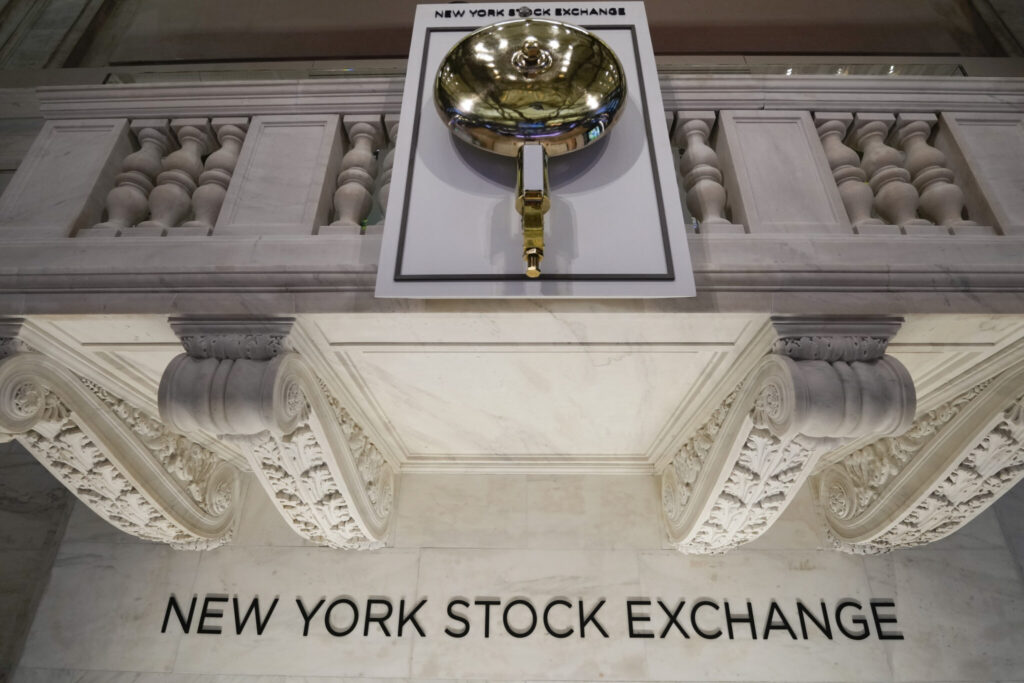The red hot U.S. jobs market appears to be cooling as Labor Day nears, offering investors some relief in juggling the chances of one more Federal Reserve interest rate hike. But a slew of U.S. employment statistics this week ahead of Monday’s U.S. holiday is setting the tone for September markets overall and the Fed’s next policy meeting on Sept. 20. The Associated Press has the story:
Wall Street drifts ahead of more inflation and jobs data
Newslooks- (AP)
Wall Street drifted between small gains and losses early Wednesday ahead of more economic news, including an inflation indicator and more jobs data.
Futures for the Dow Jones industrials and the S&P 500 were both essentially unchanged about an hour before the opening bell.
Markets rallied Tuesday after the Conference Board reported that consumer confidence tumbled in August, surprising economists who were expecting levels to hold steady around the strong July reading. Consumer confidence and spending have been closely watched amid persistent pressure from inflation.
Also on Tuesday, the government reported that job openings fell to the lowest level since March 2021, a larger drop than economists expected. The report also showed that the number of Americans quitting their jobs fell sharply for the second straight month, clear signs that the labor market is cooling in a way that could reduce inflation.
Investors hope that could deter the Fed from raising its benchmark borrowing rate again when it meets later this month. The U.S. central bank has been raising its main interest rate for more than a year to its highest level since 2001, in an effort to bring inflation back down to its 2% goal. Wall Street is betting that the Fed will leave rates alone at its September meeting.
The U.S. economy expanded at a solid 2.1% annual pace from April through June, showing continued resilience in the face of higher borrowing costs for consumers and businesses, the government said Wednesday in a downgrade from its initial estimate.
The government had previously estimated that the economy expanded at a 2.4% annual rate last quarter.
Investors and economists have several more big economic reports on tap this week, including new data on consumer spending Thursday, which contains a measure of inflation that is closely watched by the Federal Reserve. The monthly employment report for August is due out on Friday.
In equities trading, Box tumbled almost 10% in premarket after the cloud computing company reached Wall Street’s second-quarter targets, but dialed back expectations for the full year. HP also lowered guidance for 2023 and its stock skidded more than 9%.
At midday in Europe, France’s CAC 40 declined 0.2%, while Germany’s DAX slipped 0.3%. Britain’s FTSE 100 added 0.1%.
Japan’s benchmark Nikkei 225 added 0.3% to finish at 32,333.46. South Korea’s Kospi rose 0.4% to 2,561.22. Hong Kong’s Hang Seng was virtually unchanged at 18,482.86, while the Shanghai Composite inched up less than 0.1% to 3,137.14.
Australia’s S&P/ASX 200 jumped 1.2% to 7,297.70 after the Australian Bureau of Statistics reported the monthly Consumer Price Index indicator rose 4.9% in the 12 months to July, marking the first time since February 2022 that the indicator fell below 5%.
In energy trading, benchmark U.S. crude rose 48 cents to $81.64 a barrel. Brent crude, the international standard, gained 44 cents to $85.35 a barrel.
In currency trading, the U.S. dollar edged up to 146.25 Japanese yen from 145.87 yen. The euro cost $1.0883, up slightly from $1.0881.







